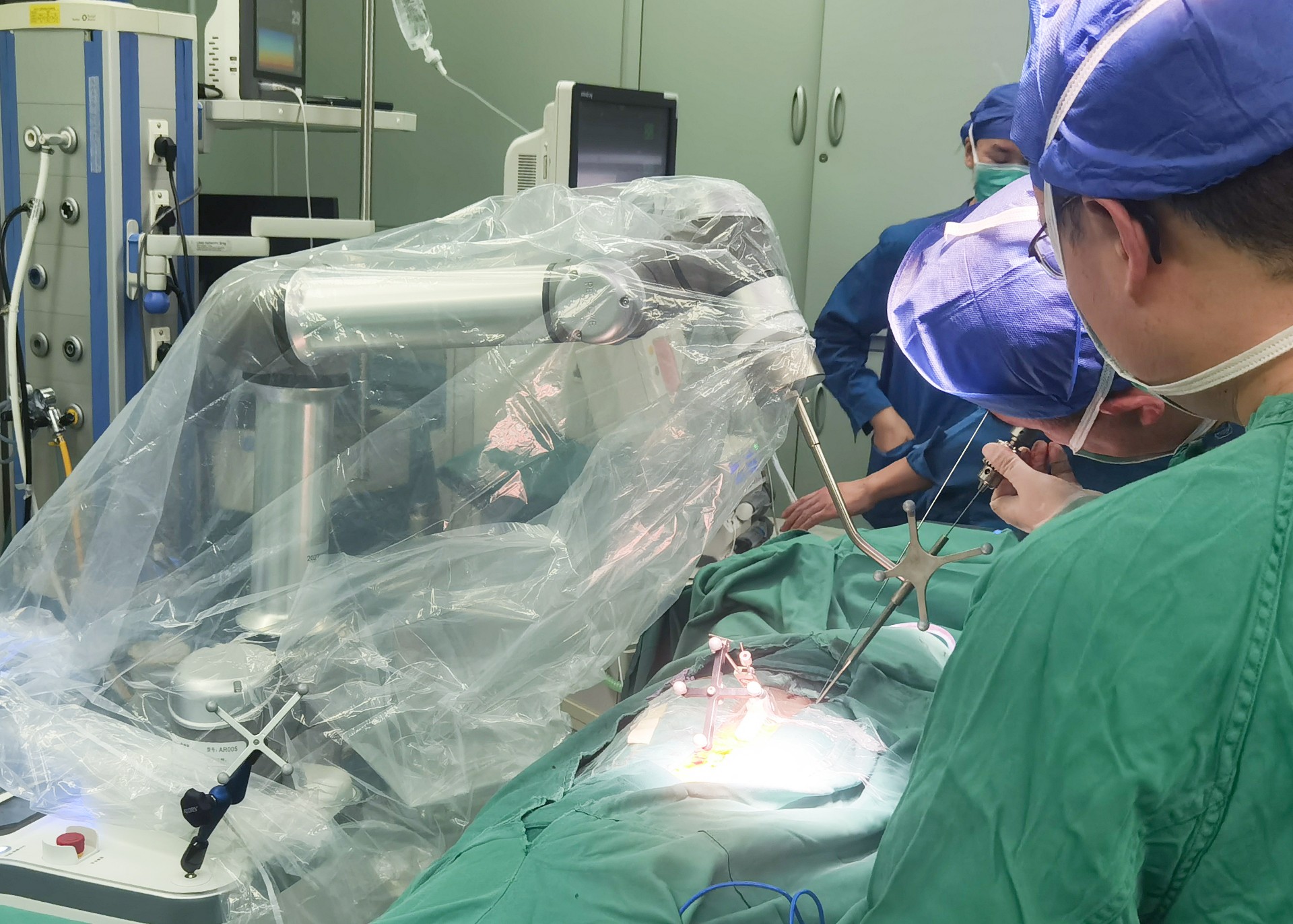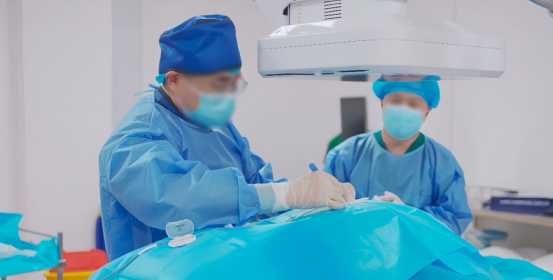News
2022-09-29 14:32:34 Views:1563
What is the difference between surgical robot-assisted surgery compared to traditional surgery - Surgical Robot Advantage
What is the difference between surgical robot-assisted surgery and traditional surgery? Traditional surgery is a treatment in which a doctor uses medical devices to remove and suture lesions on a patient's body. Instruments such as knives, scissors, and needles are used to operate locally on the body to remove diseased tissue, repair damage, transplant organs, and improve function and morphology. Accurate, minimally invasive surgery has become the goal pursued in surgery today, and with the development of surgical robotics, even complex surgical scenarios can be accomplished with the cooperation of a surgeon.
Compared to traditional surgery, surgical robots assist in performing minimally invasive surgery with obvious advantages, as follows.
Smaller surgical wounds, faster postoperative recovery, and less probability of postoperative complications
Compared to the large incisions of traditional surgery, patients typically have only a small number of small incisions in robotic minimally invasive surgery, and the incisions are used to place surgical instruments, so the surgical robot can do so in an accurate, minimally invasive manner. This will also dramatically reduce blood loss and the risk of post-operative complications, such as infection and adhesions, allowing for faster patient recovery.
Flexible robot arm compatible with highly complex surgeries
Surgical robots are usually equipped with one or more high-freedom robotic arms. Processed by computer algorithms, the robotic arms replicate the activity of the surgeon's hands as the corresponding subtle movements of the instruments in the human body. This allows the surgeon to move surgical instruments smoothly and accurately in a small surgical space, which is indispensable in difficult surgeries.

Accuracy and stability of surgery
For example, in orthopedic surgery robot-assisted orthopedic surgery, the surgeon scans the patient's 3D body information into the computer through fluoroscopy or scanning. After the system is automatically matched, the patient's skeletal tissue can be seen and the surgeon can choose the appropriate path to avoid the patient's important tissue areas. After confirming the surgical path, the robot can move to the place accurately with sub-millimeter accuracy through navigation technology and robotic arm motion control technology.
In addition, the surgical robot empowers the surgeon with a more flexible hand, automatically filtering the tremor inherent in the surgeon's hand through computer algorithms. Reducing the risk of inadvertent cross-cutting of tissues greatly improves surgical precision and surgical quality.
Reduced radiation exposure
In some open surgeries and traditional minimally invasive procedures, the surgeon must obtain a series of X-rays to confirm that the implant is placed in the correct position. Surgical robots, typically with optical navigation systems that indicate implant placement, can significantly reduce the number of X-rays needed during surgery. This will reduce radiation exposure to surgeons, patients and other operating room staff.

Perlove Medical orthopedic surgery robot can currently perform multi-segment spine surgery such as cervical, thoracic and lumbar spine. In conjunction with the mobile 3D C-arm, the robot arm assists in the positioning of surgical instruments or implants. The surgical wound is reduced from a single incision of tens of centimeters to several small incisions of 1~2 centimeters, which is less traumatic to the patient and more superior than traditional open surgery tools.
-
Surgical Robots Take the Stage in the “Battle to Protect the Spine”
Read More » -
Application of 3D C-arm Imaging in Radiofrequency Ablation Treatment of Trigeminal Neuralgia
Read More » -
Correcting Limb Length Discrepancy | 3D C-arm Assisted Epiphysiodesis in Pediatric and Adolescent Patients
Read More » -
Perlove Medical Concludes a Successful Presence at RSNA 2025 in Chicago
Read More » -
Multiple C-arm Systems From Perlove Medical Installed at Zhujiang Hospital of Southern Medical University
Read More » -
Perlove Medical 3D C-arm Installed at Ningde City Hospital
Read More »





